Norway's National dishes
Norway is known for having some unique dishes that sometimes have tourists and foodies scratching their heads. Much of Norwegian cuisine stems from ancestors who had to use conserved materials due to Norway’s long winter season.

At its core, Norwegian food culture focuses on seafood as well as game, which are both readily available in Norway’s waters and wilderness. Here are a few facts about Norwegian cuisine and an overview of some of the country’s most popular dishes.

Norwegian Meals
Norwegians typically have three or four meals a day. The first meal is breakfast or “frokost.” It consists of milk, juice or coffee and sandwiches with cold meat, jams or cheese. Cereal, oatmeal, and yogurt are also popular choices.
The second meal is post-breakfast or “lunsj.” It is typically a light meal of bread with “pålegg” (cheese, jams, cold meats etc.). The third meal of the day is dinner or “middag,” which usually happens around 4 or 5 PM. This is often the most substantial meal of the day and is rich in protein and carbohydrates like meat, fish, and potatoes. Finally, some Norwegians will also have a fourth meal known as “kveldsmat” around 7 or 8 PM. This is usually a light evening meal.

Fårikål
Fårikål is very simple to make. The cabbage and lamb are seasoned with peppercorns which are said to aid in digestion. It is a popular dish to serve to guests and even has its own national day which occurs on the last Thursday of September.

Lutefisk
Lutefisk is a quintessential Norwegian dish that consists of dried whitefish. Typically cod is used but ling and burbot are also popular choices. Making lutefisk is quite an intensive and laborious process.
The fish is first soaked in cold water which needs to be replaced intermittently over the course of six days. Next, the fish is soaked for two days in cold water and lye. This creates the jelly-like consistency of the dish. It also makes the fish inedible with a pH of 11 - 12. So, to make the fish edible again, it needs to be soaked in cold water for another four to six days when it will finally be ready to cook! It is typically served with boiled potatoes and peas as well as melted butter and fried bacon. Lutefisk is often a part of Christmas celebrations in Norway.
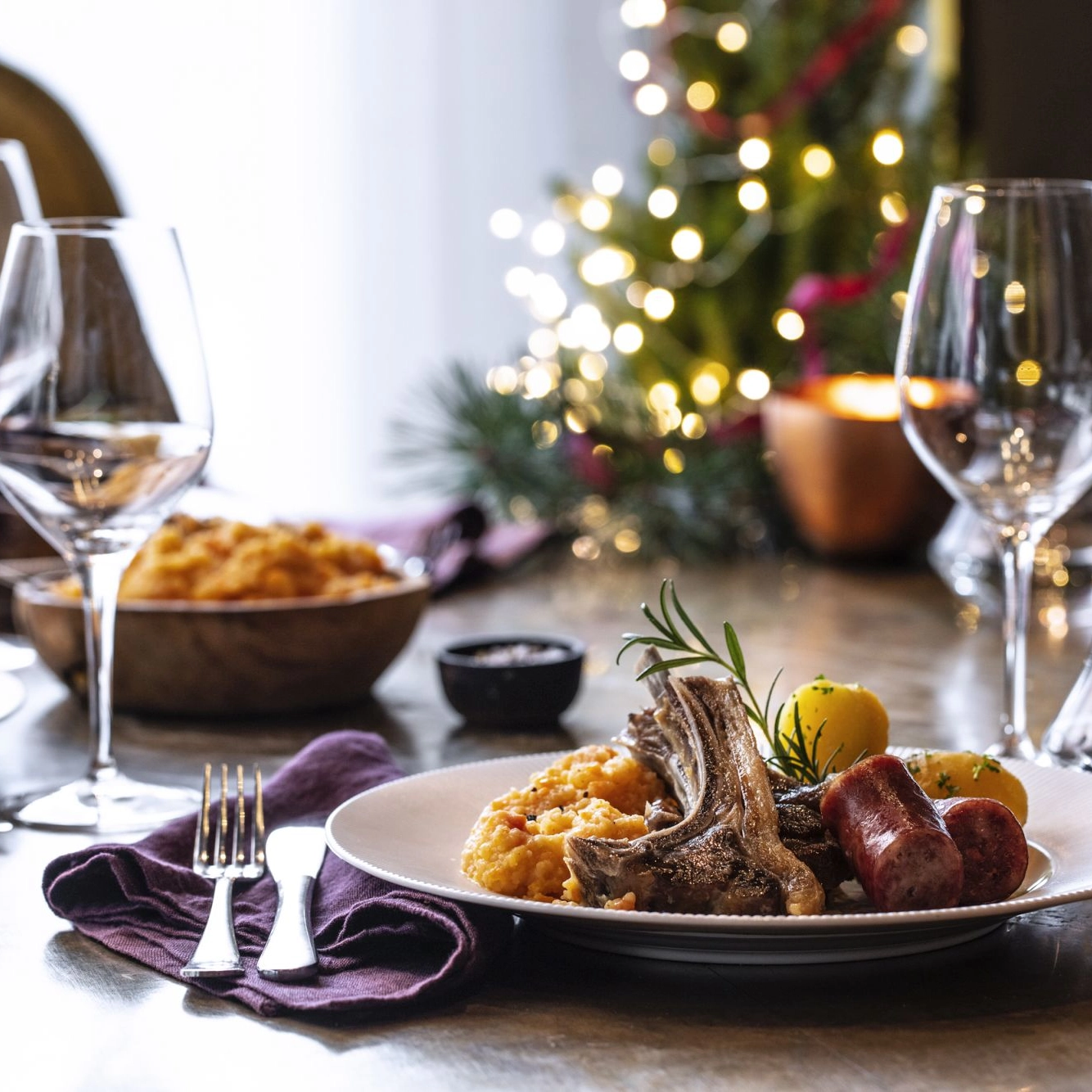
Pinnekjøtt
Pinnekjøtt is most often served during Christmas and is a hearty meal of ribs of lamb on mashed kohlrabi. Consisting of a rich and salty taste, these ribs are full of flavour and nicely balanced by the sweetness of the mashed kohlrabi. Pinnekjøtt is also quite easy to make. You take sticks (pinner) of birch and place them in the bottom of a pan. Cover the sticks with water and place the lamb ribs on top. You then steam the meat for between 3-5 hours till the meat nearly falls of the bone. Delicious!

Raspeballer
Raspeballer are basically small balls of shredded potatoes mixed with corn and spices. They are about the same size as large meatballs and are simmered in a nice stock with fatty cuts of pork, and then served with pan-friend bacon. As a rule, this is very much a farmer’s favourite, for the mix of salt and fats can also protect the body and mind from the cold temperatures outside.

Kjøttkaker
Kjøttkaker is a combination of seasoned minced meat with many optional ingredients such as rusk or onions. Basically the same as raspeballer, just with minced meat in stead of potatoes. After shaping the meat farce them into small meatballs, this delightful mix is pan-fried and simmered in gravy before being served with potatoes and mushy peas.

Grandiosa Pizza
This isn’t exactly a traditional Norwegian dish, however, Grandiosa frozen pizza has a special place in the hearts of many locals regardless. Production of Grandiosa frozen pizza began in the 1980s and became wildly popular in Norway for locals who wanted to avoid frying up their own dinner. While some loathe the product, others adore it and a few have a love-hate relationship with it. In the early 2000s, two hit songs were even created about the frozen pizza brand. You’ll need to try it for yourself to decide where you fall in the Grandiosa debate!
#tacofredag
Another modern-day food tradition in Norway is taco Fridays. In the 90s, tacos were introduced to Norway and families began to embrace Mexican cuisine. In Norwegian culture, Fridays are typically a time where families come together and enjoy a more indulgent meal. And, so, Taco Fridays were born and have become a popular staple for Scandanavian families ever since!
From frozen pizza to cod, Norwegian cuisine is full of interesting and surprising favorites! Be sure to immerse yourself in local culture and try out a few of Norway’s national dishes while going on one of our Norwegian Food Tours!
Food experiences in Norway
We offer several activities and experiences which include sampling Norwegian food and beverages. Here are some of our favorites.
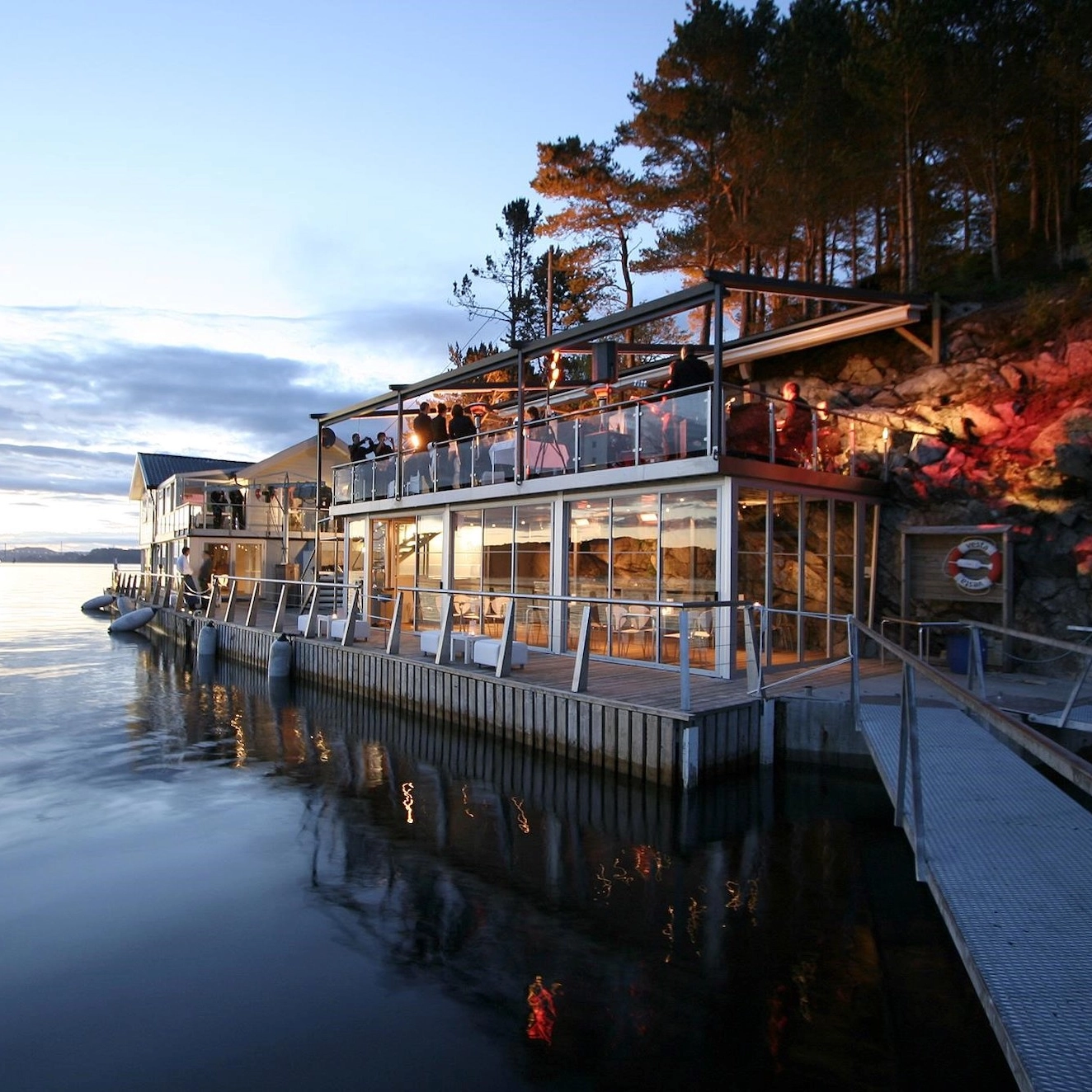
Fjord cruise and dinner at Cornelius
Bergen • 5 hr
From 1495NOK
Available all year

Dog sledding in Tromsø
Multiple locations • 7 hr
From 2290NOK
Available 1 December - 31 March
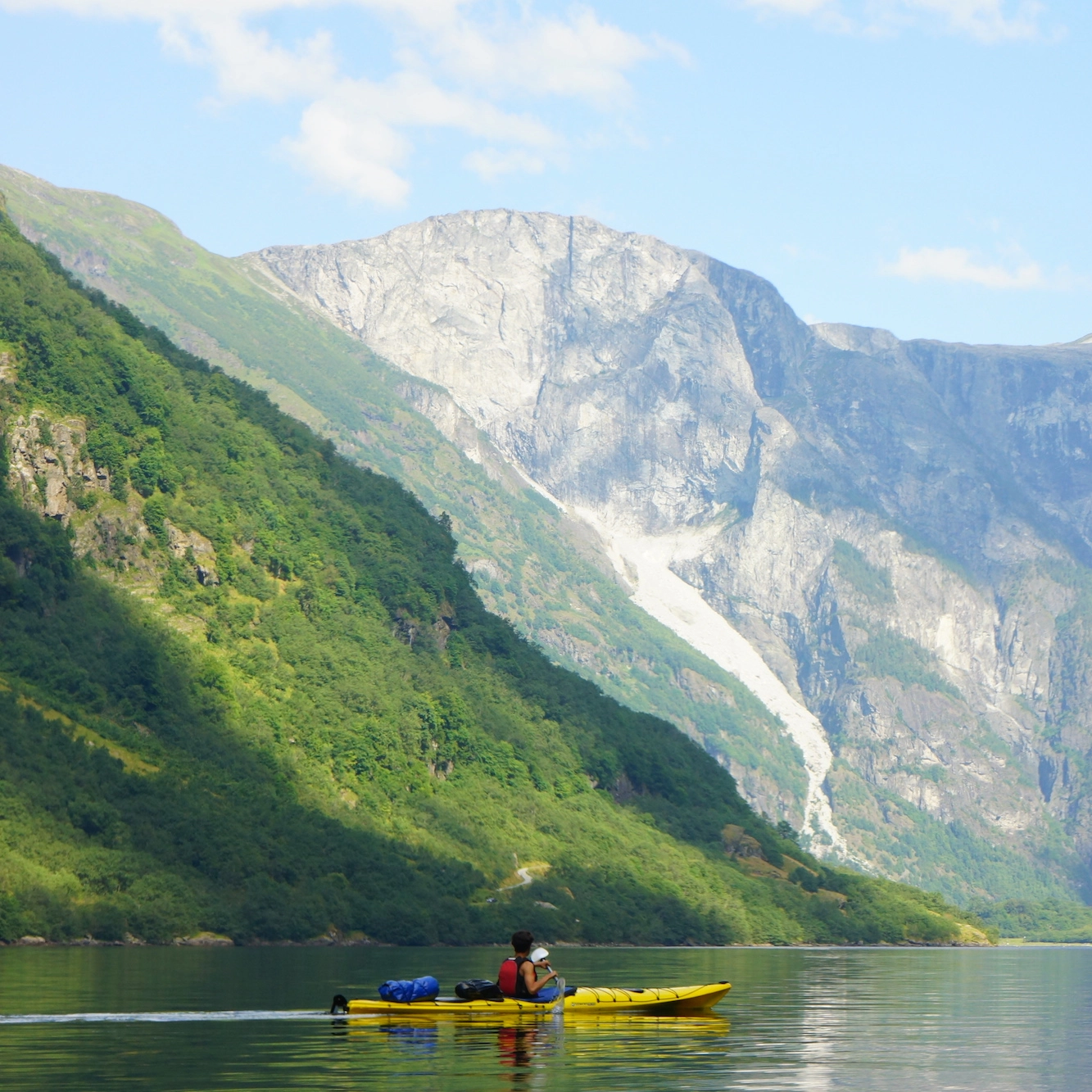
Half-day kayak tour in Gudvangen
Gudvangen • 4 hr
From 1150NOK
Available 15 April - 30 September
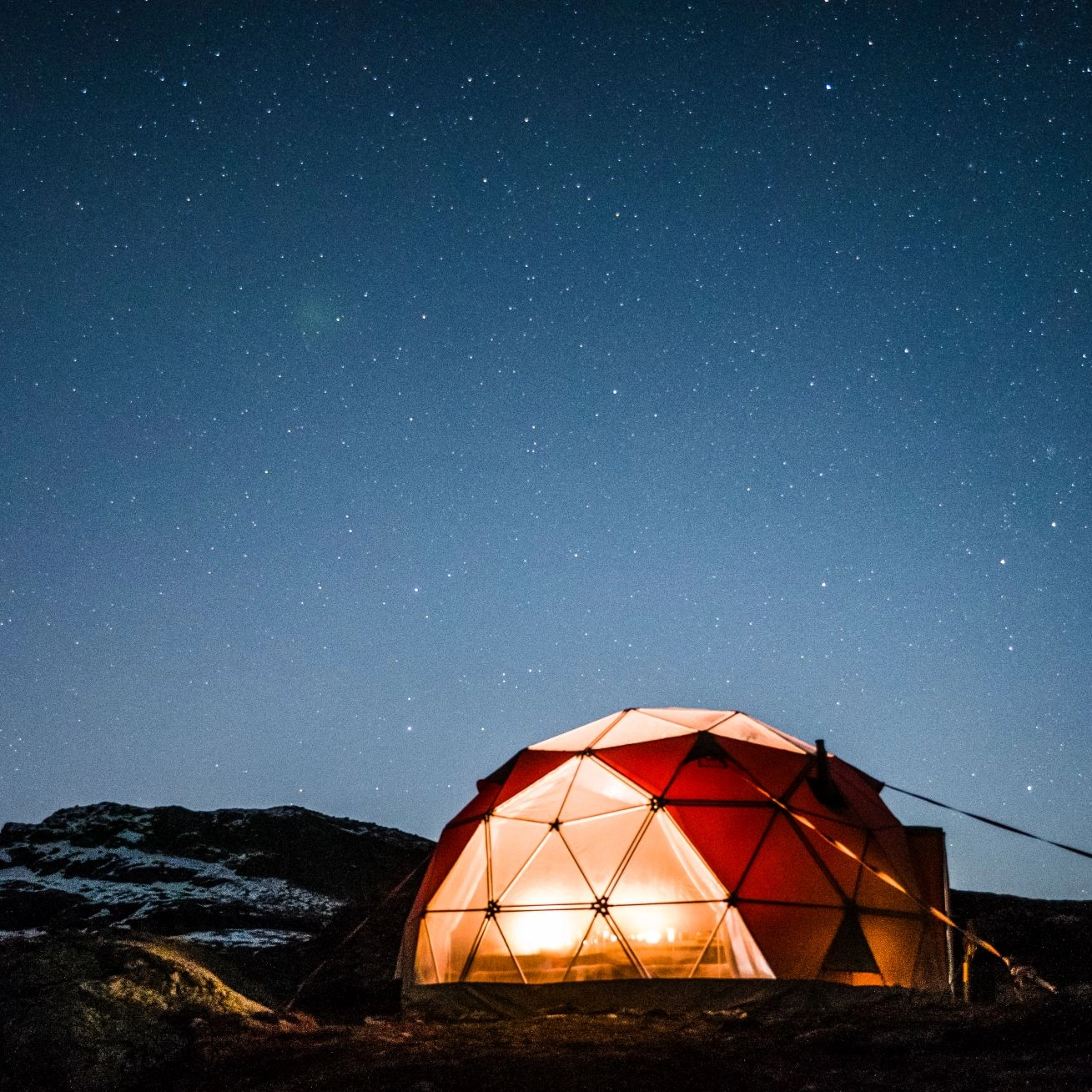
Glamping at Trolltunga
Multiple locations • 1 day 4 hr
From 4750NOK
Available 1 May - 1 December
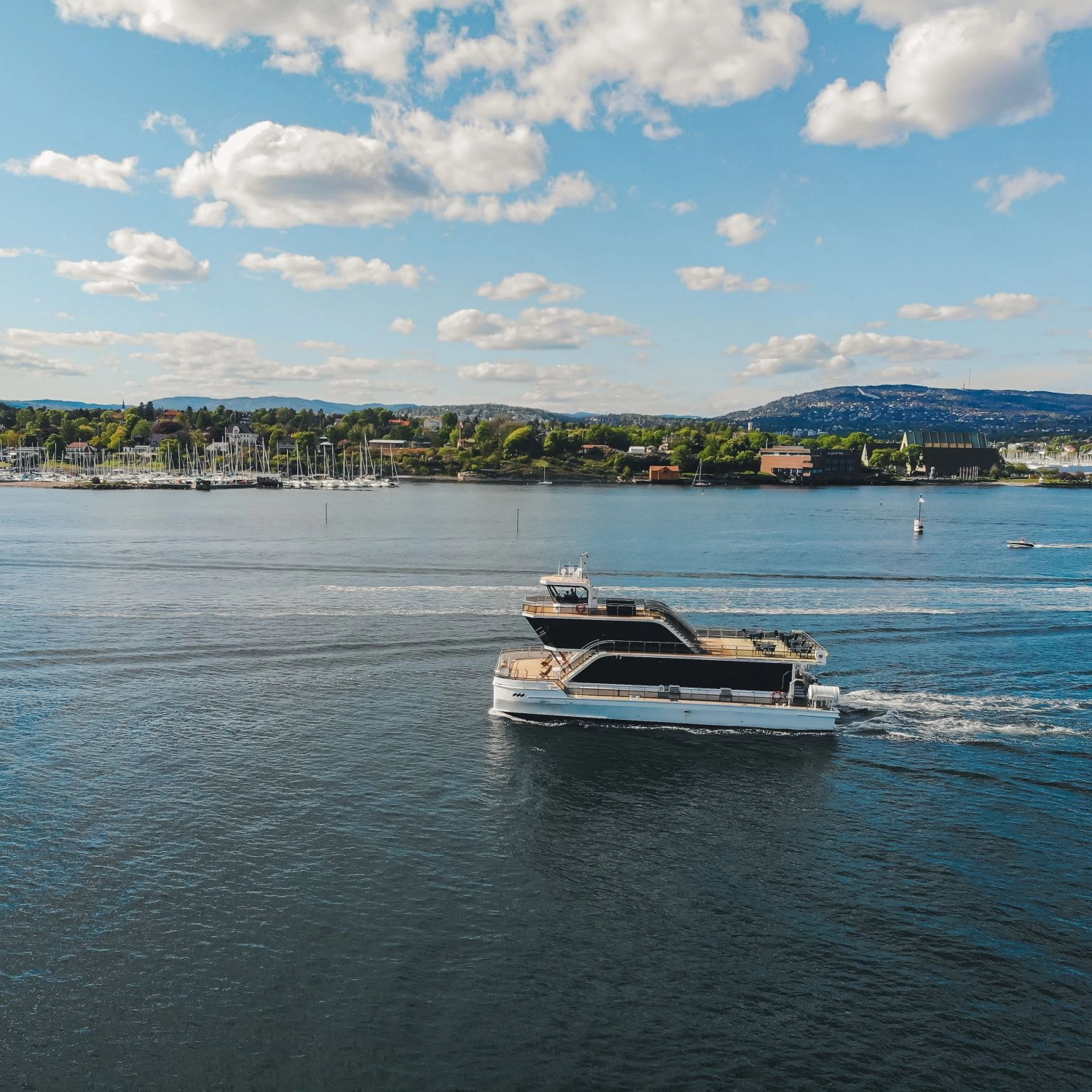
Best seller
Dinner cruise on the Oslofjord
Oslo • 2 hr 30 min
From 1290NOK
Available all year
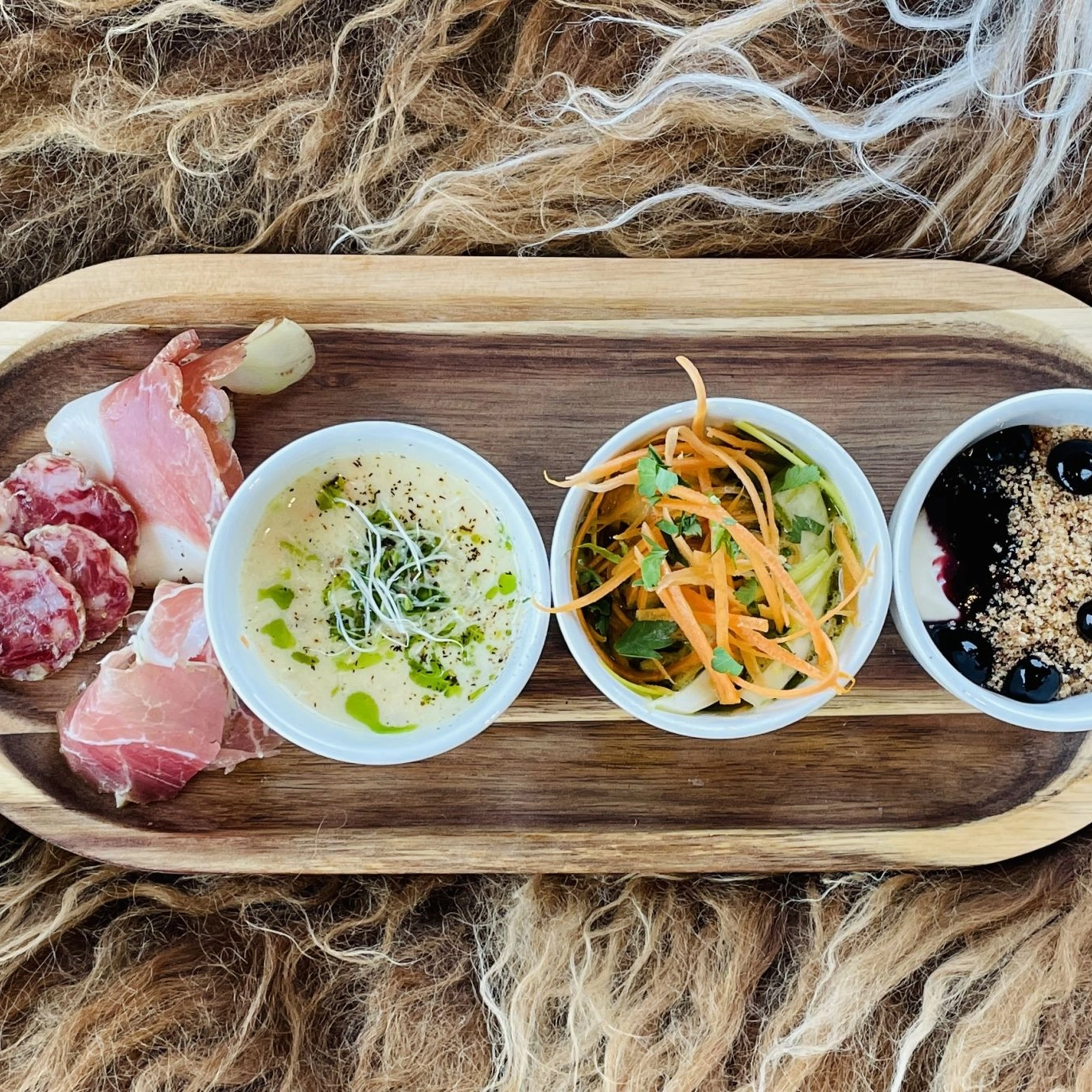
Ulriken Gondola & lunch with a view
Bergen • 2 hr 30 min
From 1099NOK
Available all year

Geirangerfjord winter cruise
Ålesund • 9 hr
From 2550NOK
Available 3 November - 30 March
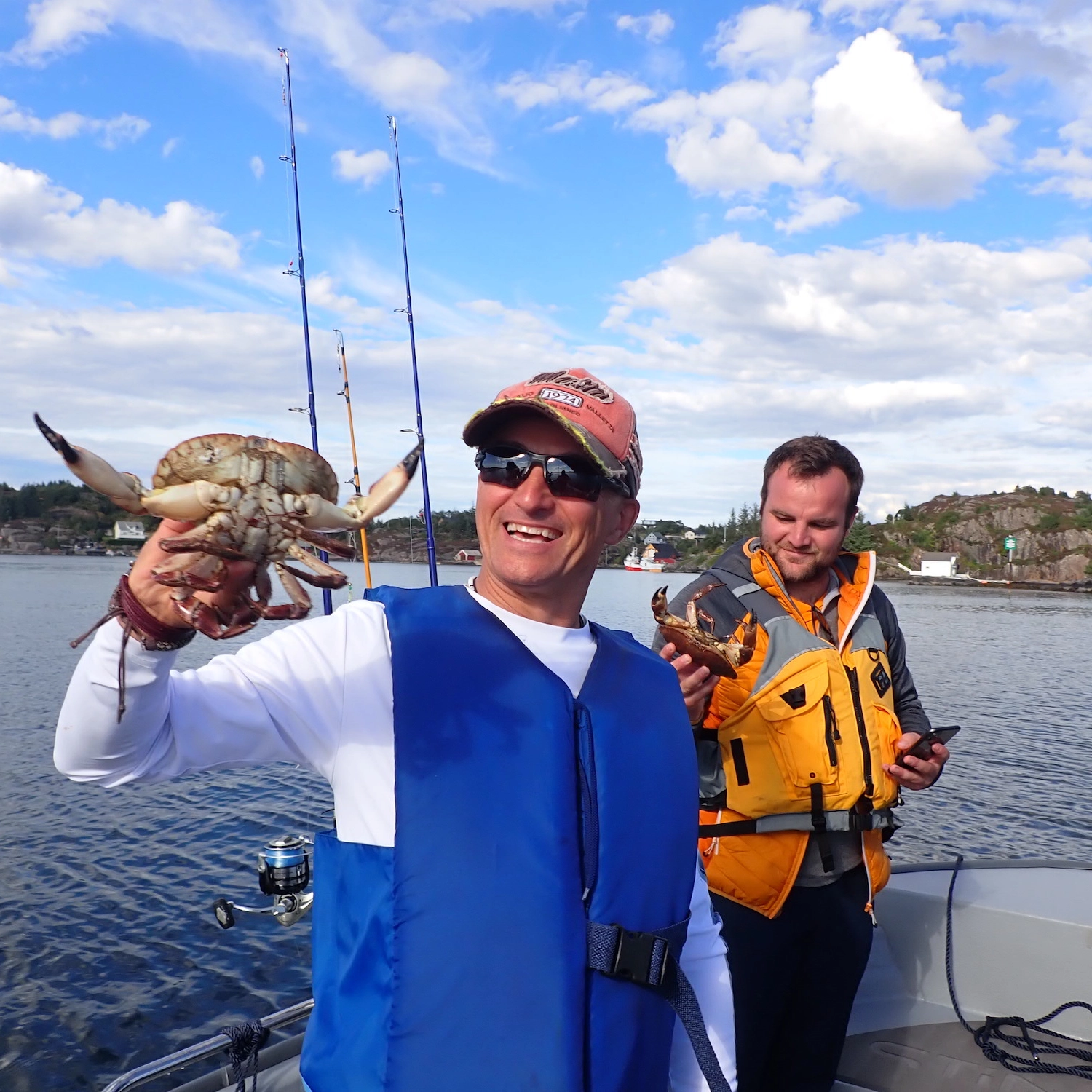
Travelers love this!
Fishing trip in Bergen
Bergen • 5 hr
From 2190NOK
Available 1 April - 31 October

Fjord cruise and dinner at Cornelius
Bergen • 5 hr
From 1495NOK
Available all year

Dog sledding in Tromsø
Multiple locations • 7 hr
From 2290NOK
Available 1 December - 31 March

Half-day kayak tour in Gudvangen
Gudvangen • 4 hr
From 1150NOK
Available 15 April - 30 September

Glamping at Trolltunga
Multiple locations • 1 day 4 hr
From 4750NOK
Available 1 May - 1 December

Best seller
Dinner cruise on the Oslofjord
Oslo • 2 hr 30 min
From 1290NOK
Available all year

Ulriken Gondola & lunch with a view
Bergen • 2 hr 30 min
From 1099NOK
Available all year

Geirangerfjord winter cruise
Ålesund • 9 hr
From 2550NOK
Available 3 November - 30 March

Travelers love this!
Fishing trip in Bergen
Bergen • 5 hr
From 2190NOK
Available 1 April - 31 October
Articles about Norwegian food and cuisine
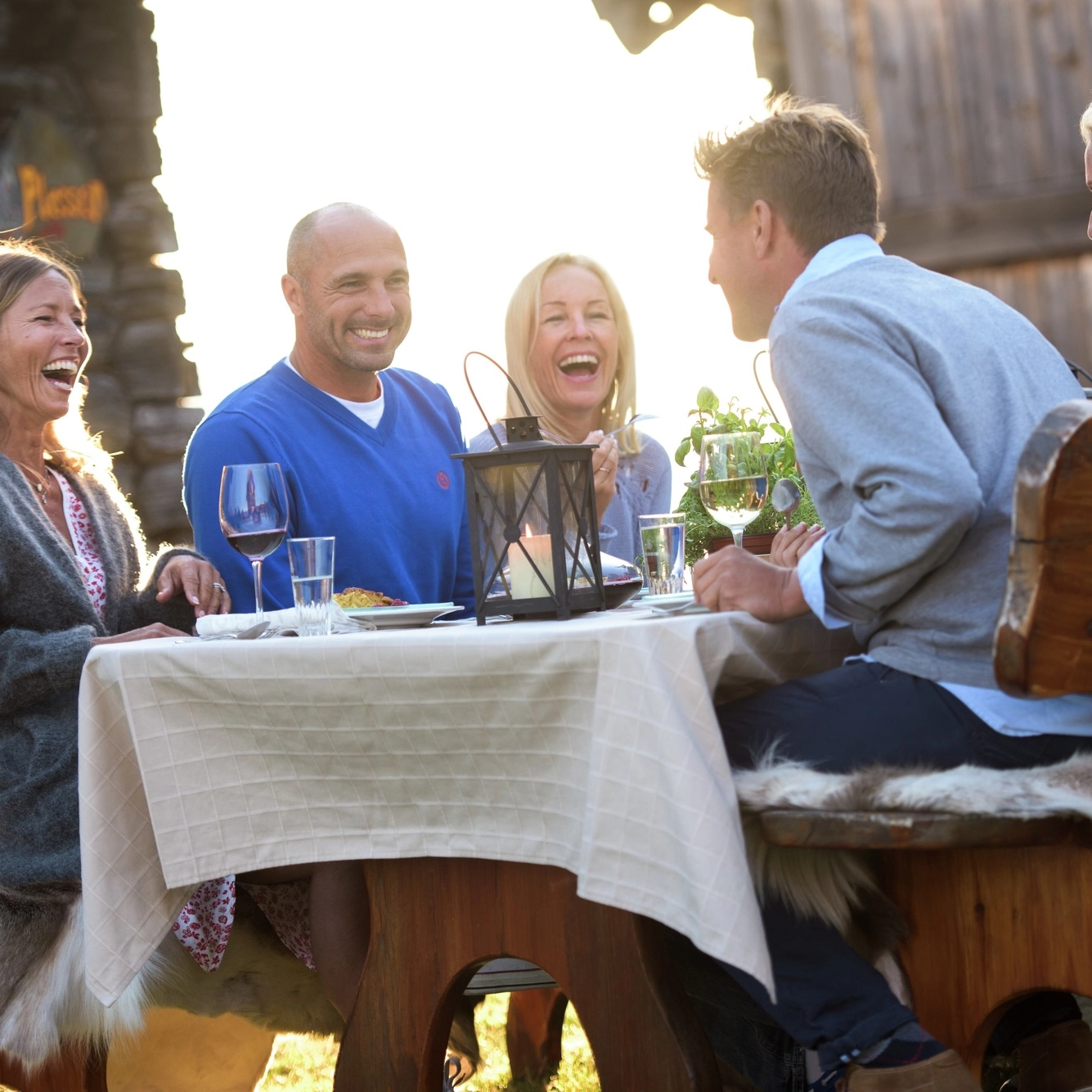
Traditional Norwegian food
Norway has a lot of interesting traditional food, and any travelers visiting Norway would do well to sample some of the local cuisines. Culinary traditions in Norway have been dominated by meat, fish, and seafood that could be hunted or caught. These days the Norwegian food space represents an interesting mix of old and new due to culinary influences from all over the world.
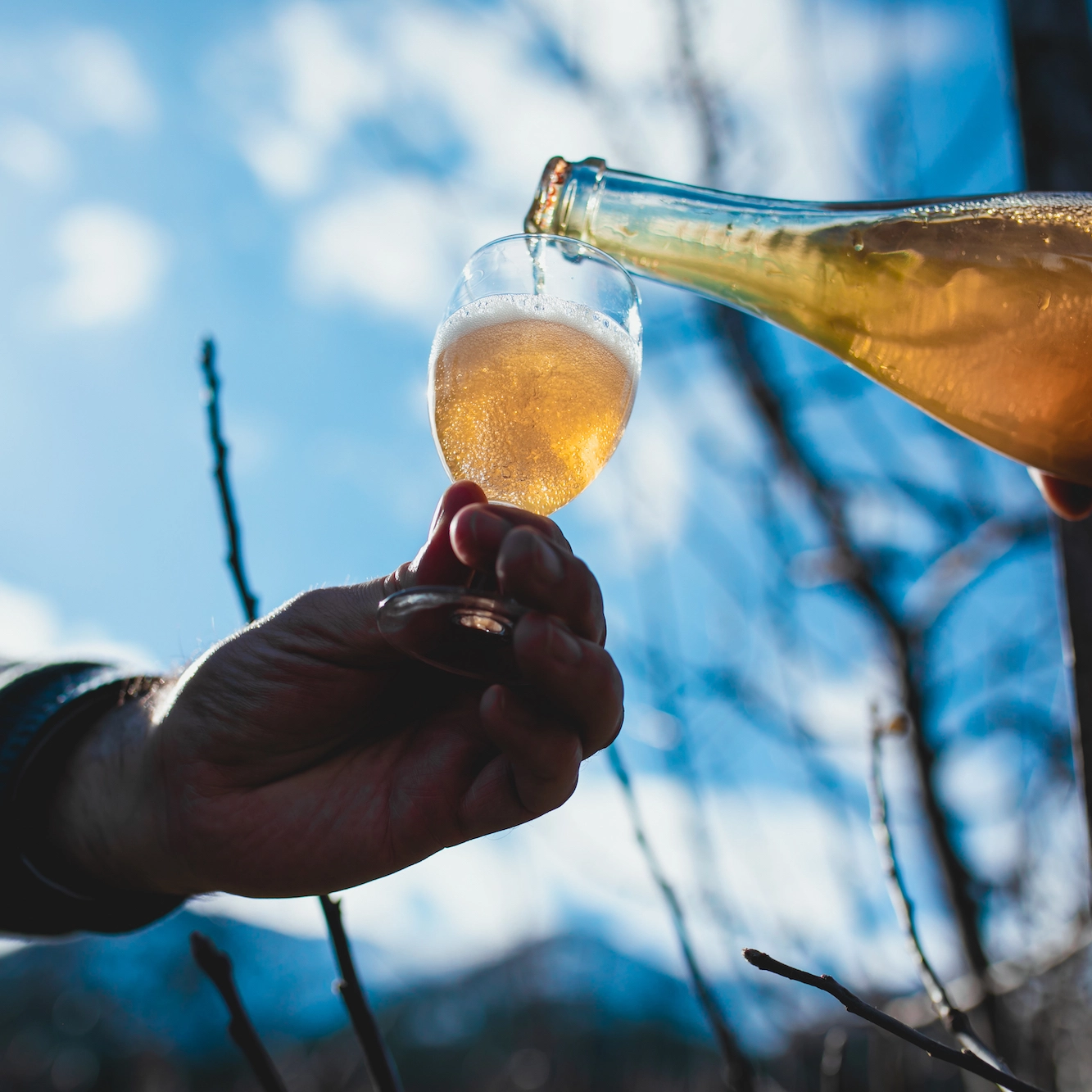
Norwegian cider’s rise in popularity
Cider brewing is a Norwegian custom that dates all the way back to the 13th century. However, once the Vinmonopolet or the Wine Monopoly came into effect, the practice largely died down. Despite this, Norwegians continued to brew cider in their homes and cellars. And now the drink is experiencing a surge in popularity yet again. If you’re a cider lover planning a visit to Norway, here’s everything you need to know!
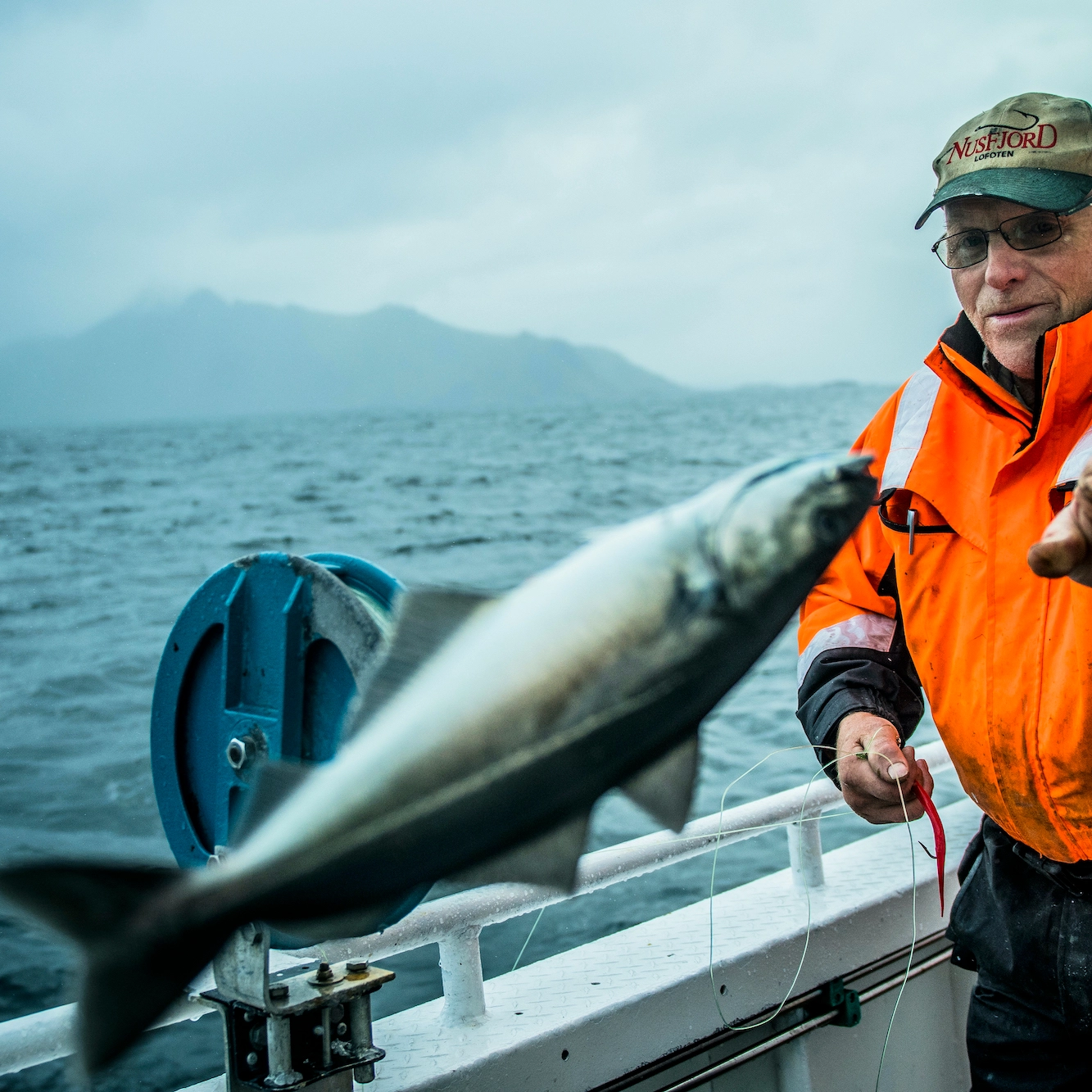
Top 3 Norwegian recipes to try
If you are a foodie or even just a lover of barbecue, then you will definitely want to make sure that you take a trip to Norway to experience the incredible local cuisine in places like Bergen and Røros. To give you a small taste of the kind of culinary experience you will get in Norway, here are three top Norwegian recipes that you can easily make at home.
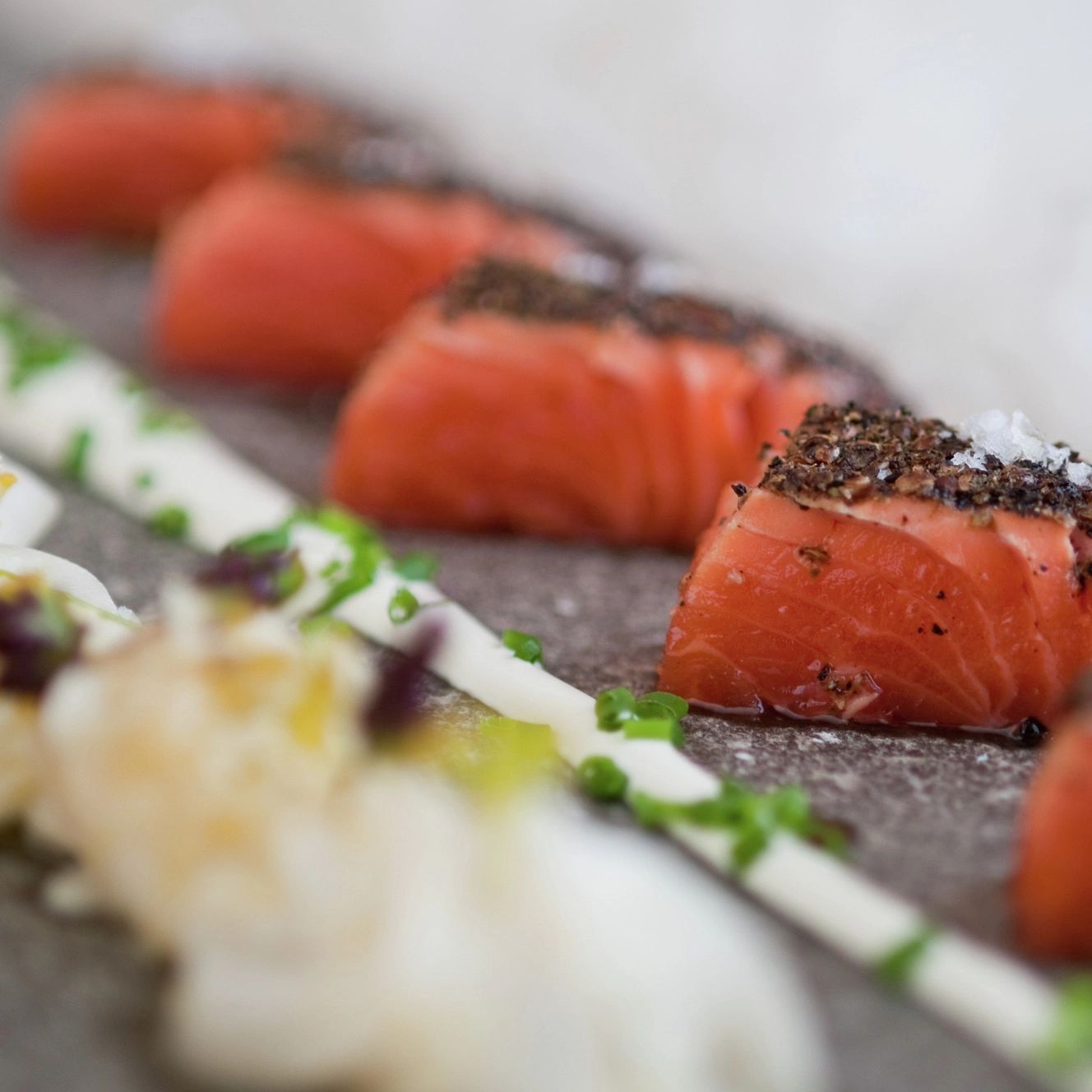
Sustainable eating trends
Norway is already publicly recognized by almost every foodie as being home to some of the tastiest cuisine options in the world, with some truly exquisite national recipes like lutefisk and pinnekjøtt originating in Nordic countries. But what you may not know is that Norway is also a leader in bio-farming and sustainable food production.
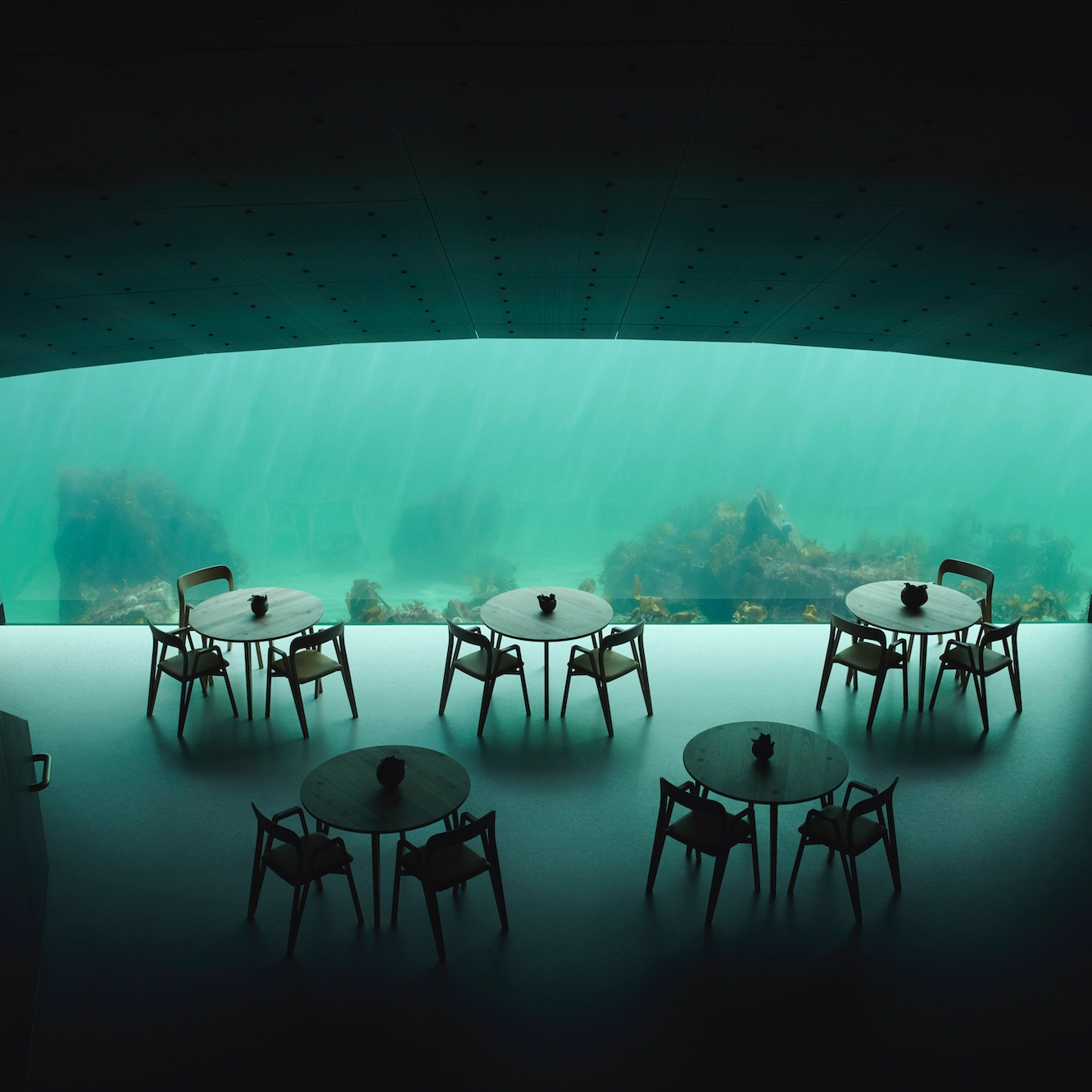
Here's what you'll experience at this record-setting underwater restaurant
There are a lot of fantastic things to experience on land in Norway, but there is a new exciting activity that takes you under the water. At the southern tip of Norway in Lindesnes, you can find the world's largest underwater restaurant.
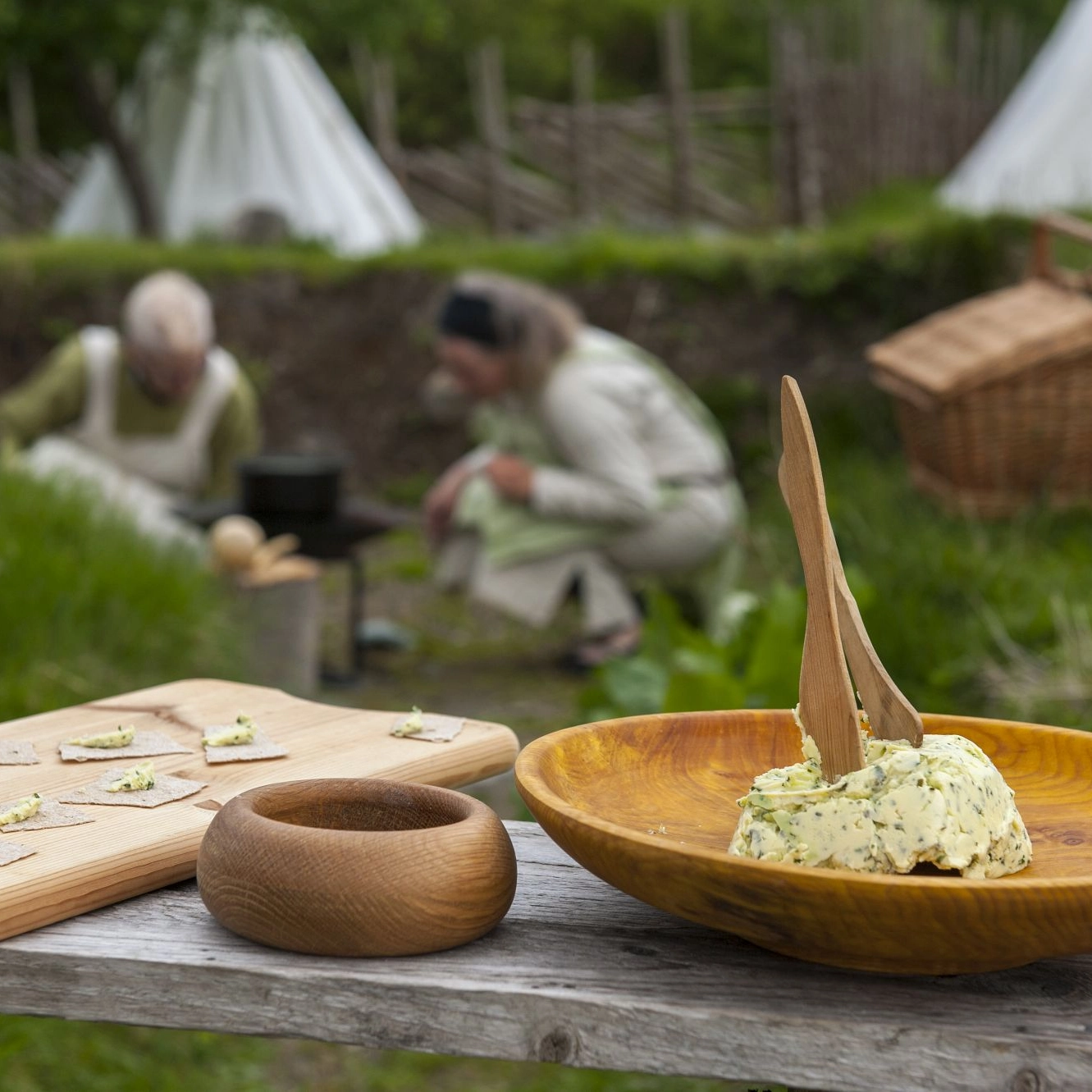
What did the average viking eat?
When your every-day activities include pillaging villages and exploring the impressive fjords in Norway, you are going to need a lot of energy to sustain yourself. This means eating some pretty astonishing meals in order to maintain proper health with such an active lifestyle.
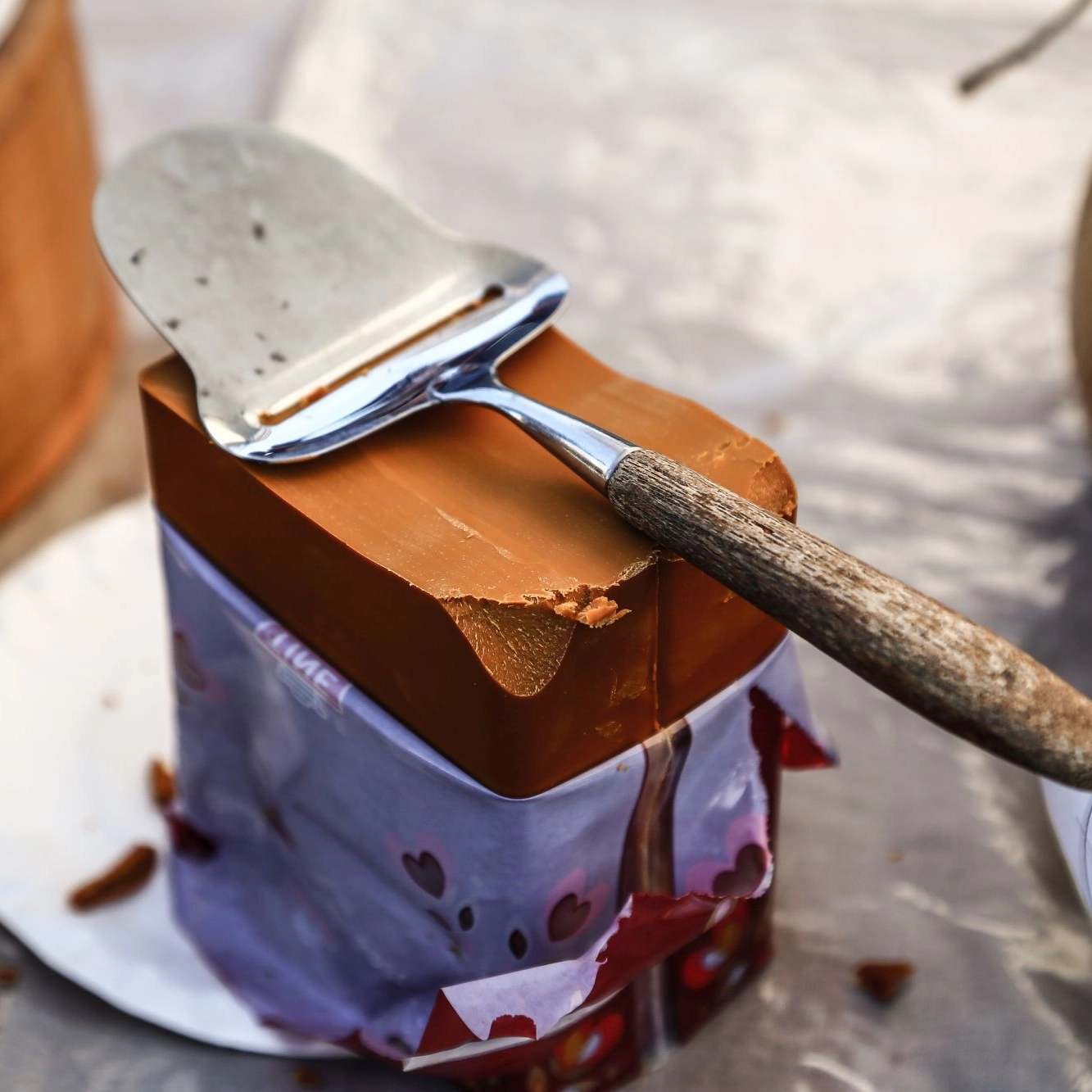
What do you eat with Brunost?
Every culture will have its own set of unique food items that either impress or disgust visitors when they try it upon visiting. Norway is no different and offers an assortment of delicious Norwegian food that is unlike anything that can be found anywhere else in the world. Some of the more common examples include lutefisk and pinnekjøtt.
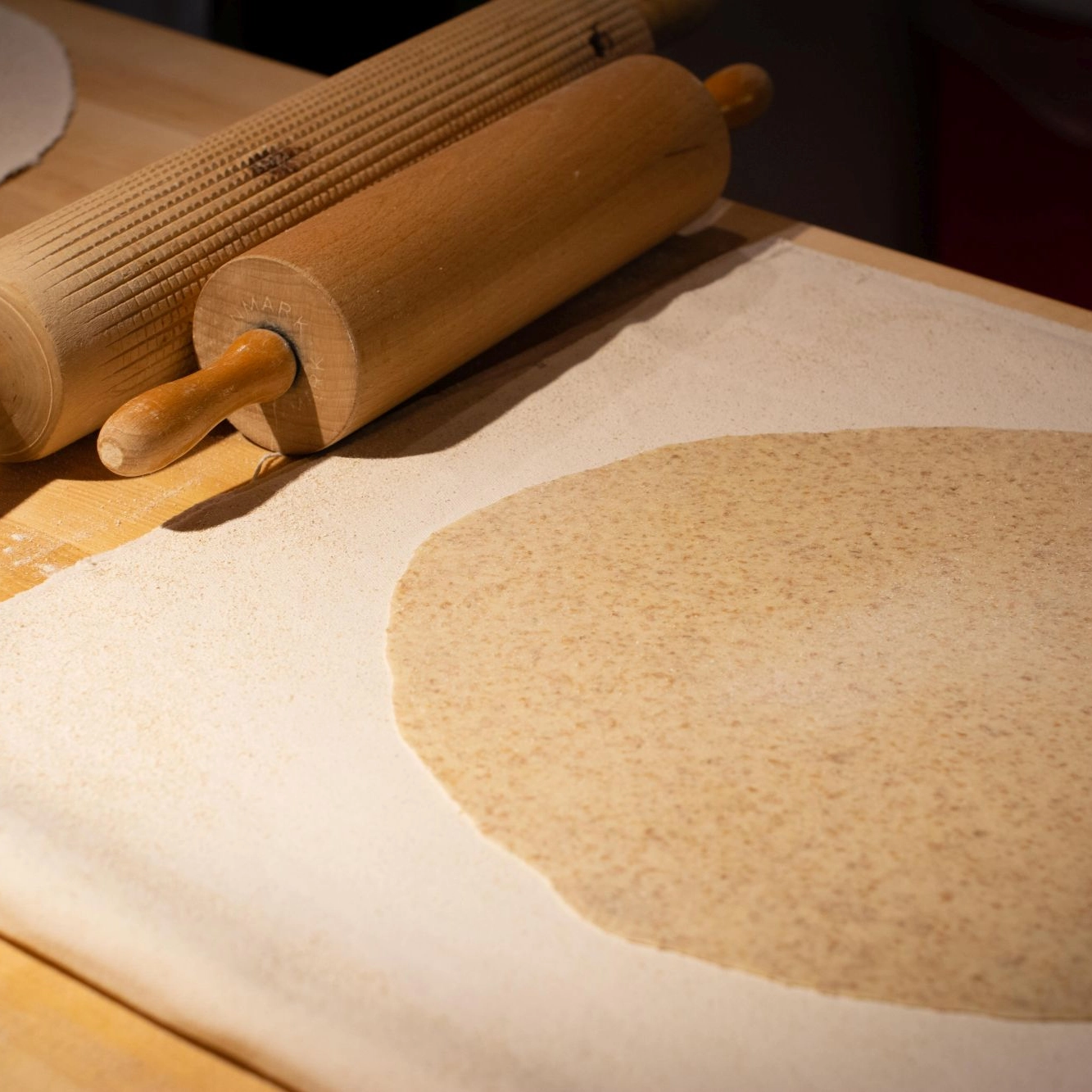
What is lefse?
Whether you’re planning to visit Norway or are just interested in Norwegian culture and tradition, you’ll want to find out more about lefse. Lefse has a long-standing history as a traditional food in Norway, and it remains about as popular today as it was a hundred years ago. Let’s take a closer look at what this tasty, simple food is all about!

Traditional Norwegian food
Norway has a lot of interesting traditional food, and any travelers visiting Norway would do well to sample some of the local cuisines. Culinary traditions in Norway have been dominated by meat, fish, and seafood that could be hunted or caught. These days the Norwegian food space represents an interesting mix of old and new due to culinary influences from all over the world.

Norwegian cider’s rise in popularity
Cider brewing is a Norwegian custom that dates all the way back to the 13th century. However, once the Vinmonopolet or the Wine Monopoly came into effect, the practice largely died down. Despite this, Norwegians continued to brew cider in their homes and cellars. And now the drink is experiencing a surge in popularity yet again. If you’re a cider lover planning a visit to Norway, here’s everything you need to know!

Top 3 Norwegian recipes to try
If you are a foodie or even just a lover of barbecue, then you will definitely want to make sure that you take a trip to Norway to experience the incredible local cuisine in places like Bergen and Røros. To give you a small taste of the kind of culinary experience you will get in Norway, here are three top Norwegian recipes that you can easily make at home.

Sustainable eating trends
Norway is already publicly recognized by almost every foodie as being home to some of the tastiest cuisine options in the world, with some truly exquisite national recipes like lutefisk and pinnekjøtt originating in Nordic countries. But what you may not know is that Norway is also a leader in bio-farming and sustainable food production.

Here's what you'll experience at this record-setting underwater restaurant
There are a lot of fantastic things to experience on land in Norway, but there is a new exciting activity that takes you under the water. At the southern tip of Norway in Lindesnes, you can find the world's largest underwater restaurant.

What did the average viking eat?
When your every-day activities include pillaging villages and exploring the impressive fjords in Norway, you are going to need a lot of energy to sustain yourself. This means eating some pretty astonishing meals in order to maintain proper health with such an active lifestyle.

What do you eat with Brunost?
Every culture will have its own set of unique food items that either impress or disgust visitors when they try it upon visiting. Norway is no different and offers an assortment of delicious Norwegian food that is unlike anything that can be found anywhere else in the world. Some of the more common examples include lutefisk and pinnekjøtt.

What is lefse?
Whether you’re planning to visit Norway or are just interested in Norwegian culture and tradition, you’ll want to find out more about lefse. Lefse has a long-standing history as a traditional food in Norway, and it remains about as popular today as it was a hundred years ago. Let’s take a closer look at what this tasty, simple food is all about!